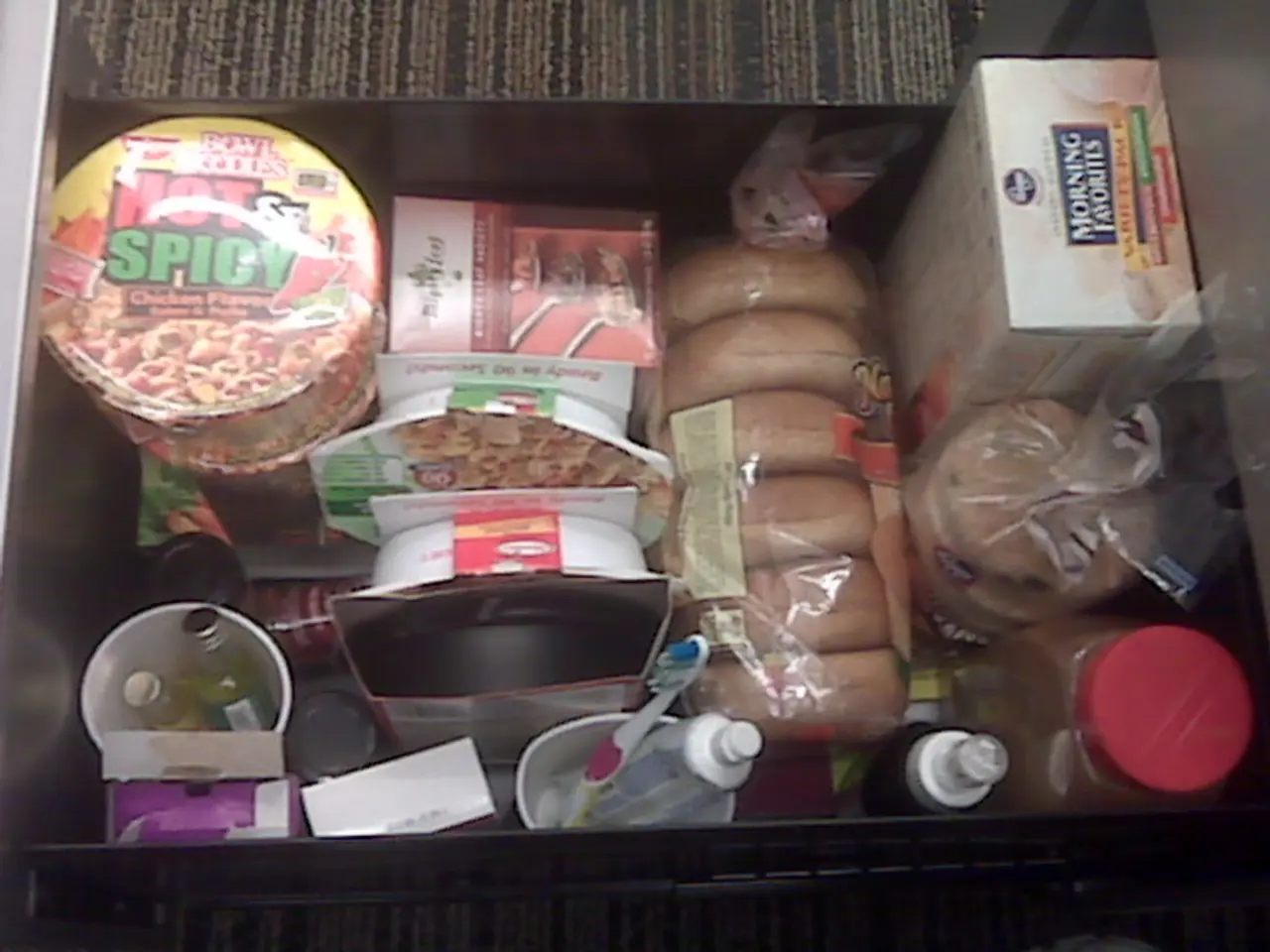HVAC Adjustment: Understanding Its Purpose, Function, and Timing for Implementation
In the realm of home maintenance, balancing an HVAC (Heating, Ventilation, and Air Conditioning) system is a crucial task that ensures comfort, energy efficiency, and system longevity. While some homeowners might consider DIY methods, professional HVAC balancing offers several clear advantages that make it the preferred choice.
Professional HVAC technicians have the expertise and specialized tools to measure airflow, temperature, and pressure accurately throughout the system. This precision enables them to identify imbalances and underlying issues that DIY methods often overlook, such as uneven heating or cooling distribution and duct leaks.
One of the key benefits of professional balancing is energy efficiency and cost savings. Proper balancing prevents over-conditioning some areas while under-conditioning others, thereby reducing unnecessary energy consumption. Professional technicians can optimize ventilation rates, sometimes utilizing advanced controls like CO2 sensors and demand-controlled ventilation to adjust airflow dynamically, leading to significant energy savings and lower utility bills.
Balanced HVAC systems also deliver consistent temperatures across all rooms, enhancing occupant comfort. Professionals can integrate fresh air systems, such as Energy Recovery Ventilators (ERVs) or Heat Recovery Ventilators (HRVs), maintaining compliance with ventilation standards and improving indoor air quality.
Regular professional balancing and maintenance help prevent common issues like clogged filters or duct leaks that can compromise system efficiency and lifespan. Balanced airflow reduces strain on HVAC components, leading to less wear and tear, and ultimately extending the service life of your equipment and reducing the need for costly repairs.
HVAC balancing is a cost-effective way to make your home more comfortable while reducing energy waste. The process involves airflow measurements, equipment adjustments, and, sometimes, ductwork improvements. Airflow testing is the first step, where HVAC technicians measure the amount of air flowing through each vent. After this, technicians can redirect airflow by adjusting dampers within the duct system or the register boxes at each vent.
In contrast, DIY balancing efforts often lack the precision, diagnostic capacity, and technical tools needed to fully address HVAC system complexities. While DIY methods might provide temporary relief, professional balancing ensures a long-term, efficient, and comfortable environment, ultimately protecting your investment.
Signs of an unbalanced HVAC system include hot or cold spots, weak airflow from certain vents, loud HVAC operation or whistling sounds, long HVAC run times, and higher-than-usual energy bills. A well-balanced system uses less fan power while running in shorter and more efficient cycles, leading to lower energy bills.
A home energy audit or HVAC inspection can uncover hidden issues affecting comfort and energy usage before they lead to major system failures. It's essential to address these problems as they disrupt airflow, which can shorten the lifespan of air conditioners and space heaters and drive up monthly utility bills.
In summary, professional HVAC balancing guarantees precise airflow adjustment, enhanced comfort throughout the space, energy savings and reduced utility costs, improved air quality and regulatory compliance, extended system life, and fewer repairs. These benefits significantly outweigh DIY attempts, making professional balancing a wise choice for maintaining and optimizing HVAC performance.
- To optimize energy efficiency and save on utility costs, professional HVAC technicians can use advanced tools to measure and balance the airflow, temperature, and pressure in your HVAC system, adjusting ventilation rates dynamically to ensure proper airflow and reduce unnecessary energy consumption.
- As part of the home-and-garden lifestyle, maintaining a balanced HVAC system contributes to health-and-wellness by improving indoor air quality through the integration of fresh air systems like Energy Recovery Ventilators (ERVs) or Heat Recovery Ventilators (HRVs).
- Regular maintenance by professional HVAC technicians helps prevent common issues that can compromise system efficiency and lifespan, such as clogged filters or duct leaks, and ensures less wear and tear on HVAC components, resulting in extended service life and reduced repair costs.
- To achieve an efficient and comfortable living environment, it is crucial to address signs of an unbalanced HVAC system, such as hot or cold spots, weak airflow, loud operation, long run times, and higher energy bills, by investing in professional balancing to ensure precise airflow adjustment, long-term system performance, and protected investments.




